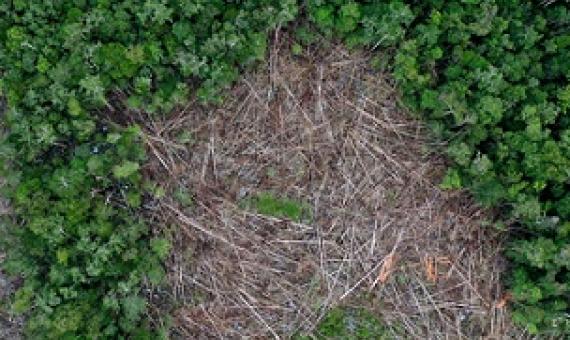Perceived threats can be summarised as arising from deleterious human actions and negative attitudes to the environment, leading to inappropriate behaviour, such as littering, over-fishing and hunting, using fishing nets and modern fishing method, the use of guns and the introduction of pests; the use of inappropriate technologies, such as solid and liquid waste water disposal systems; uncontrolled use of resources and control of livestock; increasing consumption patterns, arising from increases in human populations, demands and changing lifestyles; institutional weaknesses; ignorance and l







